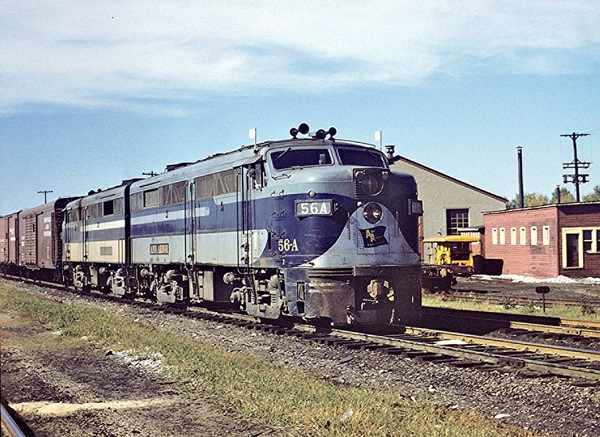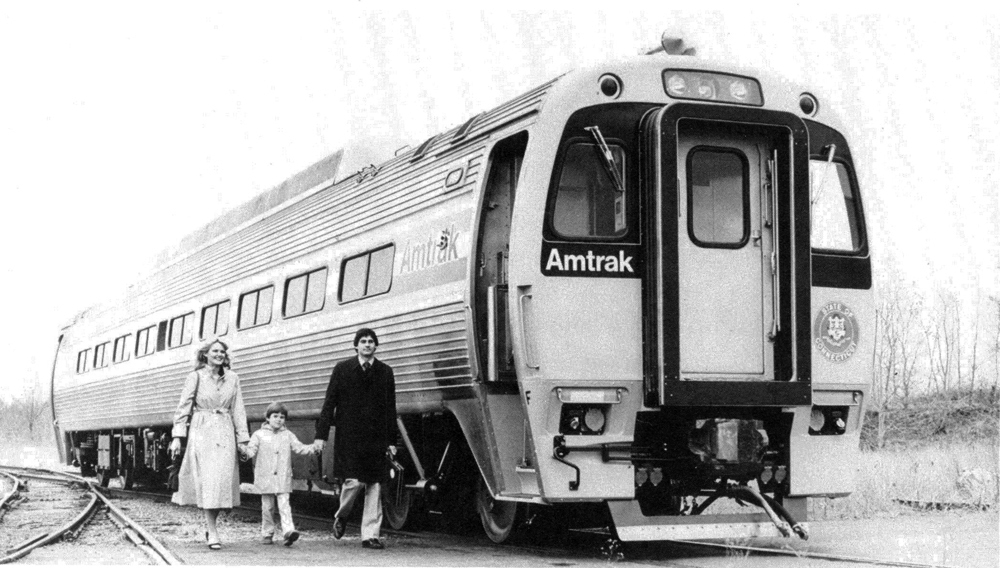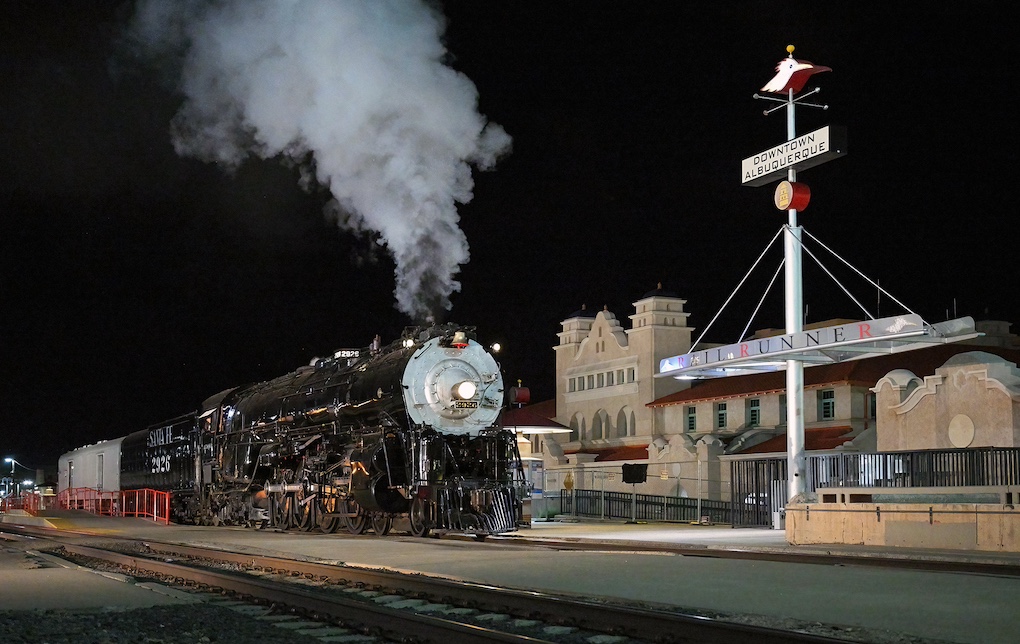To win over the railroads with its new Rail Diesel Car (RDC), the Budd Co. wasn’t content with a single model type. In a time of declining passenger traffic during the post war years, the car manufacturer banked on multiple to meet the needs of either passenger, baggage-express or mail, as well as for all the above.
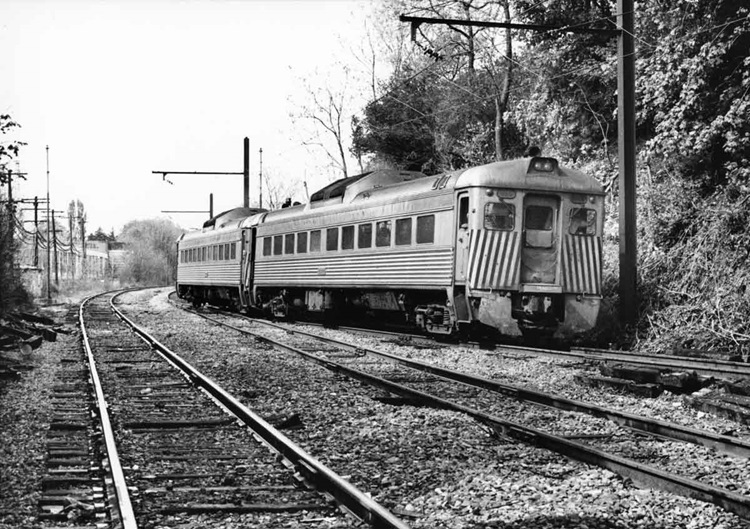
RDC-1
The designated model number was fitting. Completed on Aug. 1, 1949, car No. 2960 became the first operable rail diesel car by Budd under the RDC-1 configuration. The prototype would traverse most of the U.S. and Canada as a demonstrator. At the beginning of its tour, the first sale occurred in late 1949 with the New York Central ordering two RDC-1s for the subsidiary Boston & Albany Railroad.
This model type made up the bulk of the 398-total units built between 1949-1962. They were strictly for passenger accommodations with 90 seats. At each end was an engineer station on the right-hand side of the vestibule, with the control stands set up on a shelf to reduce interference. Restrooms were positioned at opposite ends just before the vestibules. Fully loaded, a single RDC-1 weighed 131,900 pounds.
RDC-2
Budd had plans for two additional model types long before No. 2960 took to its demonstration tour. The first of the new RDC-2s entered service in early 1950 to accommodate both passengers and baggage-express. The baggage section was 17 feet in length, with the remaining compartment reserved for 70 seats. While these units had engineer stations at each end, only one restroom was situated at the end of the coach section next to the vestibule. They weighed more than the RDC-1s at 139,900 pounds when full.
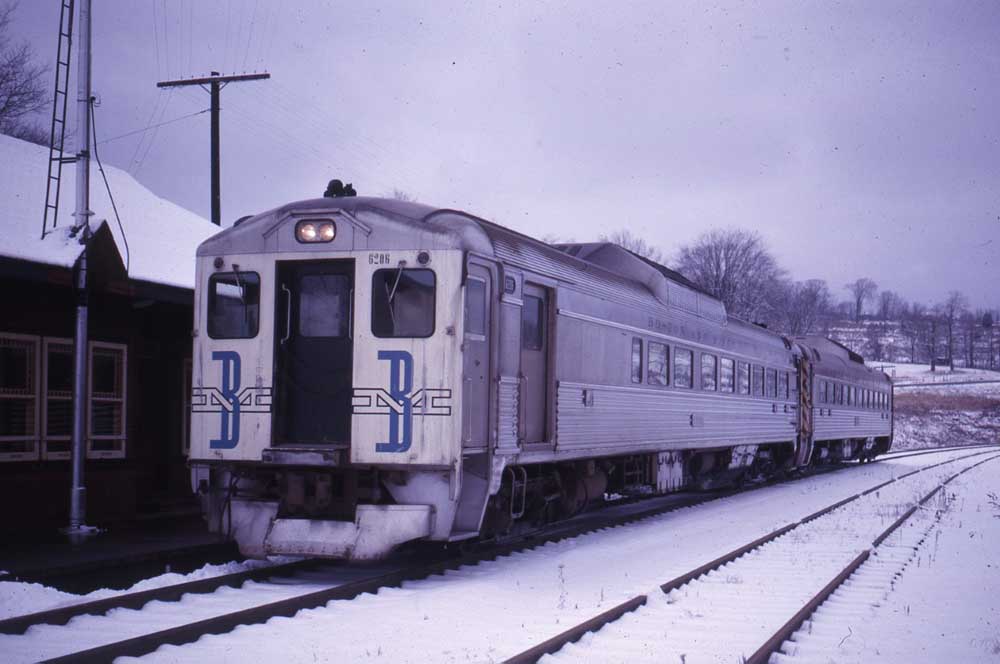
RDC-3
The third model type began arriving in 1951 at the time when sales and manufacturing of the RDCs picked up. The RDC-3 was built for passenger, baggage-express, and mail services. The three main compartments included a 15-foot Railway Post Office, a 17-foot baggage area, and a coach section fitting 49 seats. Carrying on the tradition of the RDC-1, these units held an engineer station and restroom at each end. With the overall amount fully carried, the RDC-3s were a bit heavier than their predecessors at 143,400 pounds.
RDC-4
While Budd had their sights set on three model types for the RDC, the car manufacturer announced a fourth shortly before the first order of the RDC-3s. The RDC-4 exclusively handled mail and baggage-express. Instead of the standardized 85 feet in length, these units were designed at 73 feet 10 inches, with the Railway Post Office and baggage area split at 31 and 30 feet, respectively. While shortened to prevent overload, these RDCs weighed 144,300 pounds fully loaded.
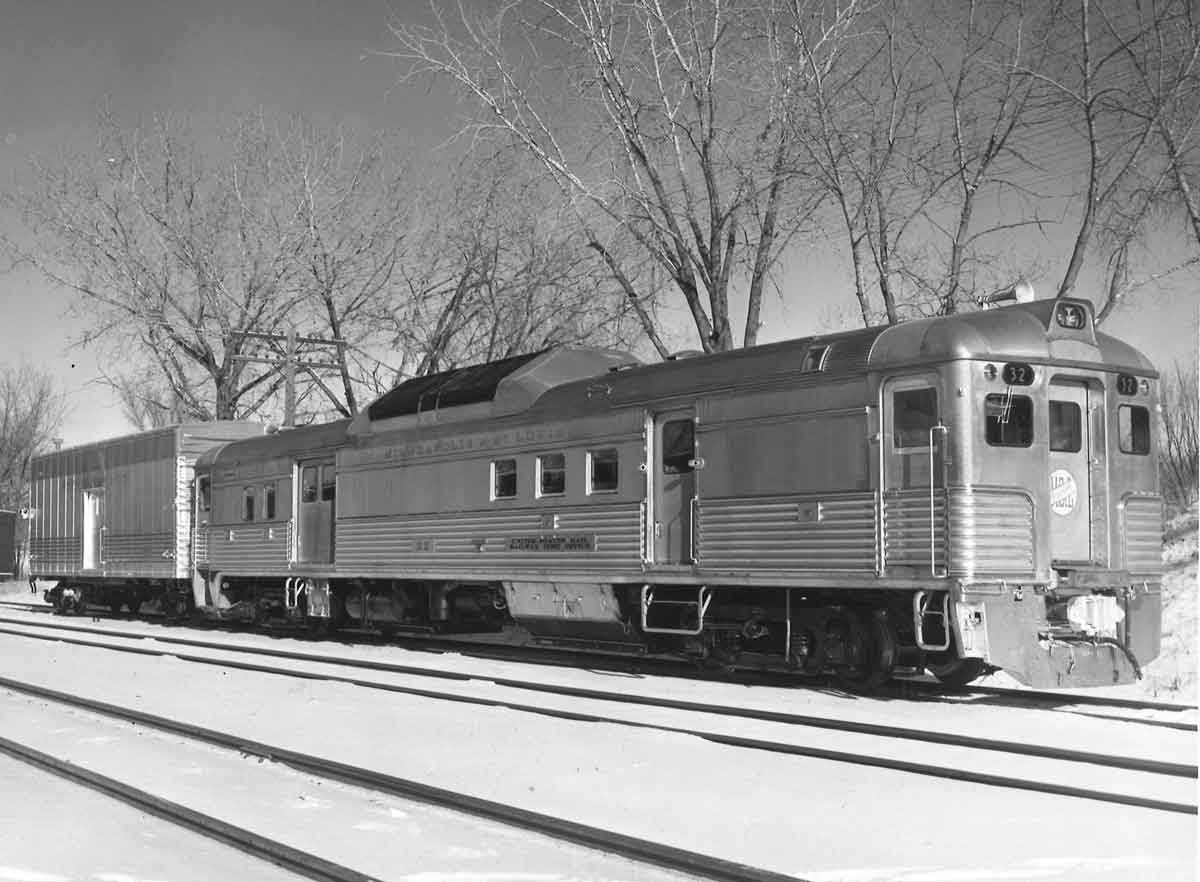
RDC-5
A stark contrast to a new model type by Budd’s craftsmen. The RDC-5s were remodeled RDC-2s and RDC-3s at the hands of most Canadian railroads. Both the baggage and RPO compartments were reconfigured to expand the coach section. The practice took place in later years on many of these units as head-end requirements were reduced while the demand for additional seating grew.
RDC-9
The Boston & Maine Railroad had the largest RDC fleet for commuter service as Highliners. A third of that fleet included the RDC-9s, which were introduced specifically for the railroad in 1956 – many then headed north in later years for service on the Canadian National Railway. This 85-foot unit accommodated passengers only, like the RDC-1. Yet, they arrived with either altered or removed components to further economize the overall RDC design.
As a blind trailer car sandwiched between standard RDCs as a trainset, the RDC-9 carried a single 300 hp engine, offered a single restroom at one end, and lacked any control stands. They were a 94-seat B unit that each provided their own electricity and hot water but assisted in additional tractive effort for the entire train.
Learn more about the RDCs in Trains.com Video’s Budd Rail Diesel Car, available on DVD.






